Alexander Turnbull: His sporting life
Alexander Turnbull is most well known as a businessman whose collection of books and manuscripts form the foundation of the Turnbull Library and National Library of New Zealand. He was also a passionate yachtsman who was highly influential in the early development of the sport in New Zealand.
Turnbull, who was NZ-born, was educated in England, and served his apprenticeship in business in London where his father had a partnership. The business folded in 1889. It is likely Turnbull took an interest in the sport of competitive sailing during the several years of leisure he enjoyed before returning to New Zealand.
With the formation of the Royal Yachting Association in 1875, and the publication of boat designs in weekly sports and lifestyle journals from the mid-1880s, organised competitive sailing was a new and fast-developing pastime. Given Turnbull’s interest in small boat and dinghy racing in later years, it's possible he may have sailed small racing boats with one of the London Clubs on the Thames.
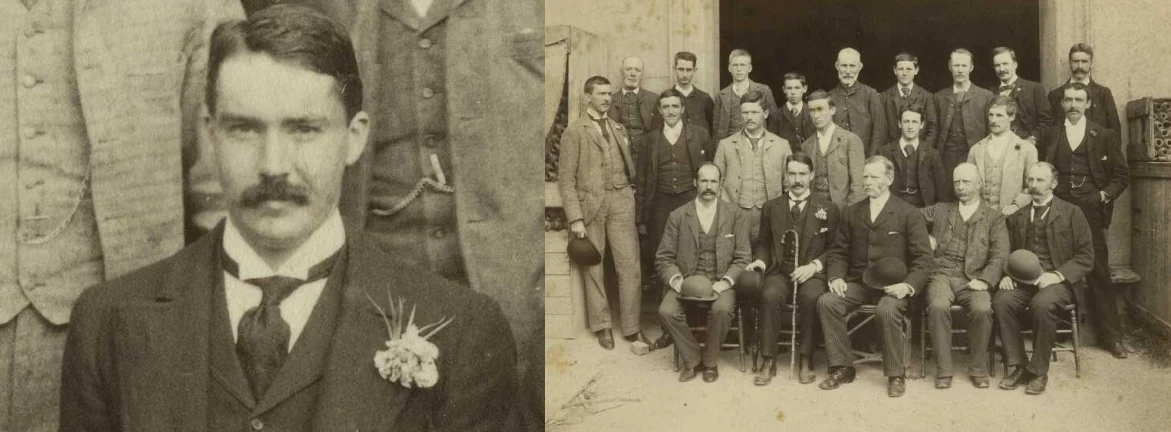
A handsome devil in his prime: Turnbull photographed ca. 1900. Ref: PAColl-10071
Port Nicholson Yacht Club
Turnbull arrived in Wellington, aged 24, in 1892, and immediately joined the Port Nicholson Yacht Club and the Thorndon Yacht Club (at that time a club for owners of yachts only). He commissioned Robert Logan in Auckland to build his first boat, the Rona. Correspondence with Logan shows Turnbull to be a man who knew what he was talking about when it came to yachts, and what he wanted.
Rona was launched in January 1893, and Logan himself was part of the delivery crew, sailing the vessel to Wellington via the East Coast. She arrived in Wellington in February, just days too late for the Anniversary regatta, though lauded in the Evening Post of 22 February as “the finest yacht which has ever come into Wellington.”
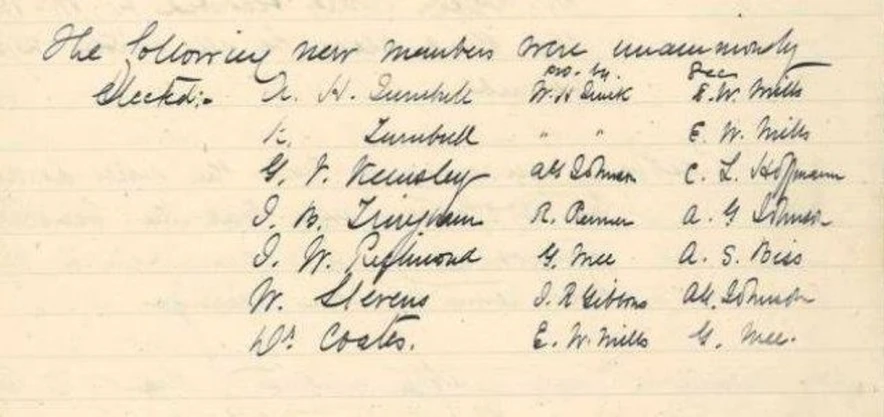
Alexander and Robert Turnbull elected members of the Port Nicholson Yacht club 06 January 1893. Port Nicholson Yacht Club Committee Minutes. Source Alexander Turnbull Library. Ref: MS-Papers-12083-265
Turnbull raced and cruised Rona with great success through the 1890s, including winning the National championship for 2nd class yachts in 1895. He sold her in 1900. Rona was replaced with the larger Iorangi in early 1901, an up to the minute 54 foot First Class racing yacht. Although he didn’t get a lot of personal racing on Iorangi for several years, Turnbull cruised her regularly and extensively in the Marlborough Sounds.
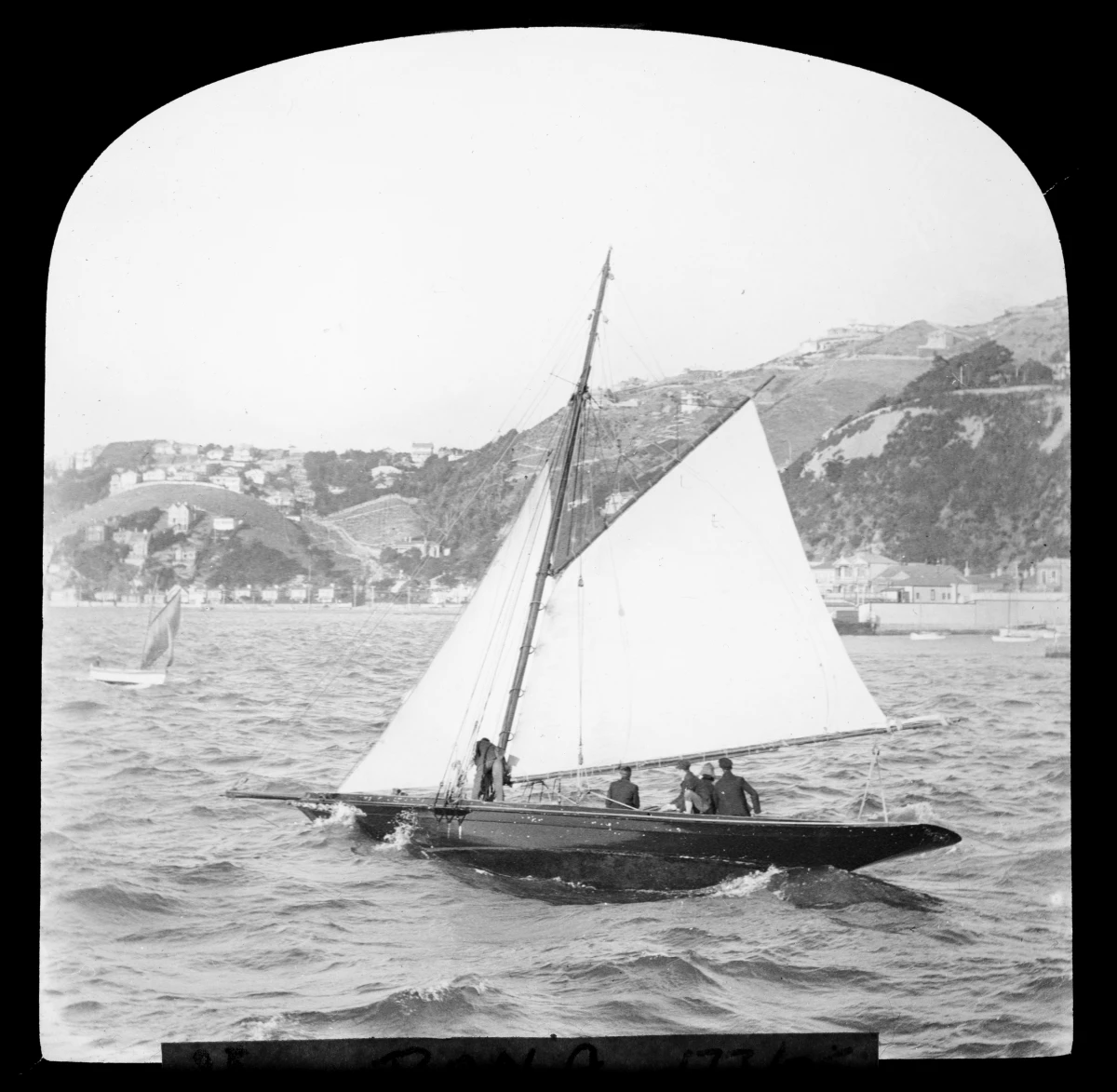
This lantern slide shows Rona just prior to the start of the 1896 national championship for 2nd class yachts held during the Wellington Anniversary regatta in January. She came second in a dramatic race where only two of the six starters managed to finish. She crossed the line with a broken gooseneck, torn mainsail and staysail. The victor, Isca, went straight to the slipway after crossing the line so badly damaged she never went back into the water. Source: Wellington Classic Yacht Trust
One-design racing
Once established in Wellington, Turnbull acted on a passion he had for one-design and small boat racing, where all vessels are built to the same design; a relatively new concept in the sport.
In 1893 he wrote to William Fife, asking for a design of the type sailed in Dublin Bay, Ireland. There, a class of 18 foot centreboarders was providing good, close racing.
He no doubt chose this design based on the one published in the 1891 edition of Dixon Kemp’s A manual of yacht and boat sailing, where the lines from which Rona was built, were also published.
Fife did send a design, but not for a Dublin Bay-style boat. Instead, his design was for a very smart half rater from which two boats were built, again by Robert Logan. (1) Turnbull, along with his friends Martin Chapman and Robert Scott set up the Arawa Sailing Club, the first club in New Zealand to create a division for one-design racing. Turnbull and Chapman each had a boat built to the Fife design (named Miru and Ruru respectively), while Scott had one of his own designs made (Vixen, later renamed Waterbeetle). The club operated for about 8 years, during most of which Turnbull acted as commodore.
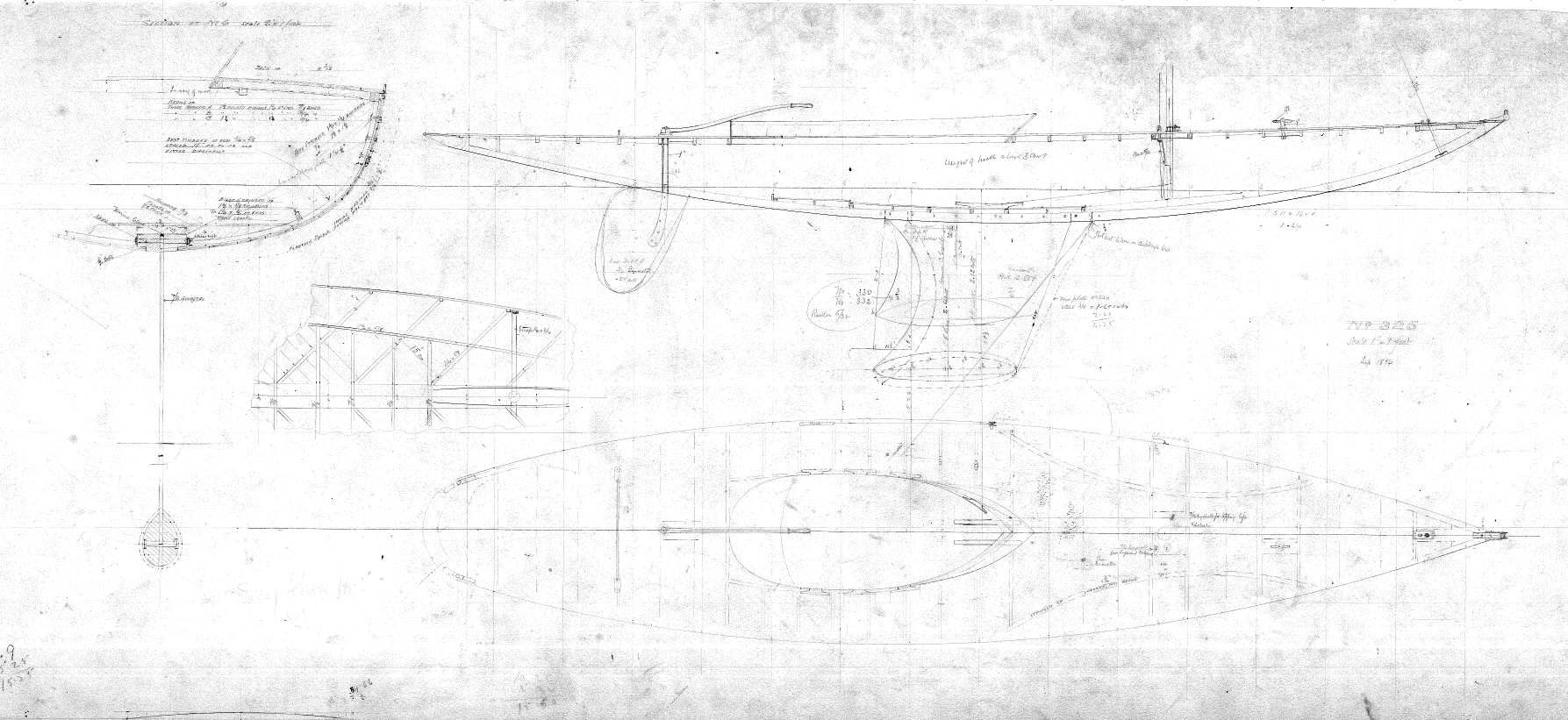
Construction plan drawn by Fife for Turnbull, to which Miru and Ruru were built. Image supplied by the author.
In 1898, Turnbull was elected vice commodore of the Port Nicholson Yacht Club, and in 1899, Commodore. He held this position until 1901.
Clyde Quay
Through the 1890s, safe moorings for private yachts had been encroached upon by land reclamation and boats became very exposed. Moorings broke with dismal regularity, and many yachts fetched up on the beach (if they were lucky) and on the rocks between Ngauranga and Petone. By 1898 there was a proposal to make a facility for private yachts in Evans Bay but it had been left to lie.
It’s noted in the Port Nicholson Yacht Club minutes of the 1899 AGM where Turnbull was elected Commodore, that the matter of safe moorings would be followed up. It’s likely that yachtsmen preferred suitable moorings closer to the city than Evans Bay which at that time was not within easy reach by land. By 1901, a proposal for a facility at Clyde Quay, complete with boatsheds, was approved by the City Council and Harbour Board.
Clyde Quay, largely unchanged since its completion in 1905, is the country’s first and oldest facility designed specifically for the use of private vessels. It seems obvious that Turnbull, as Commodore of the Port Nicholson Yacht Club and member of the Thorndon Yacht Club at the time of the project was picked up, was influential in getting the Clyde Quay site approved. It was not a popular project with local residents, who generally preferred a clear promenade, and saw this as a privatisation of a public area. As a partner in a business which brought a lot of wealth to the city, the company holding a lease on a significant area of the port, Turnbull wielded a fair bit of power. (2)
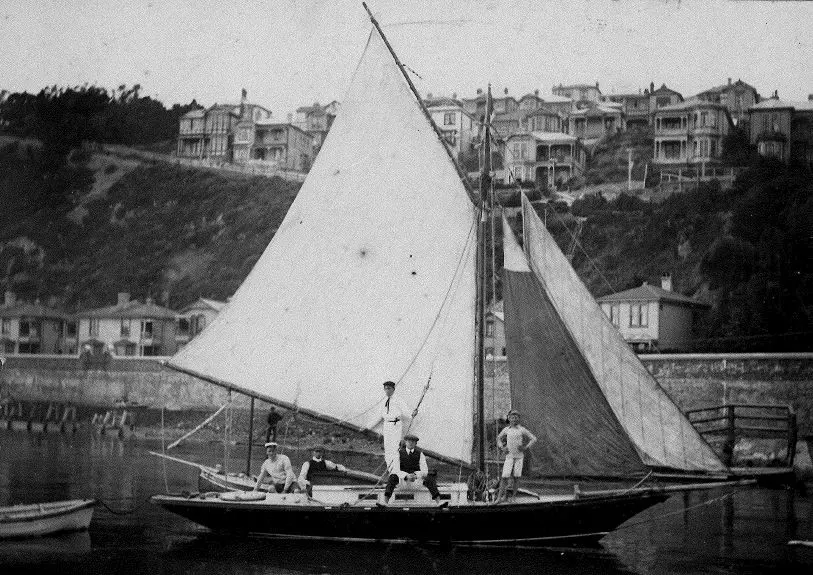
The yacht Mahaki in Clyde Quay, ca 1905 before the sheds were built. (Private collection, Angus Rogers. Permission received)
From 1901 Turnbull raced Iorangi against the only other first-class boats left in town, the Rainbow, a contemporary linear rater, and the now out of date – but in the right weather and sea conditions, still competitive –Waitangi.
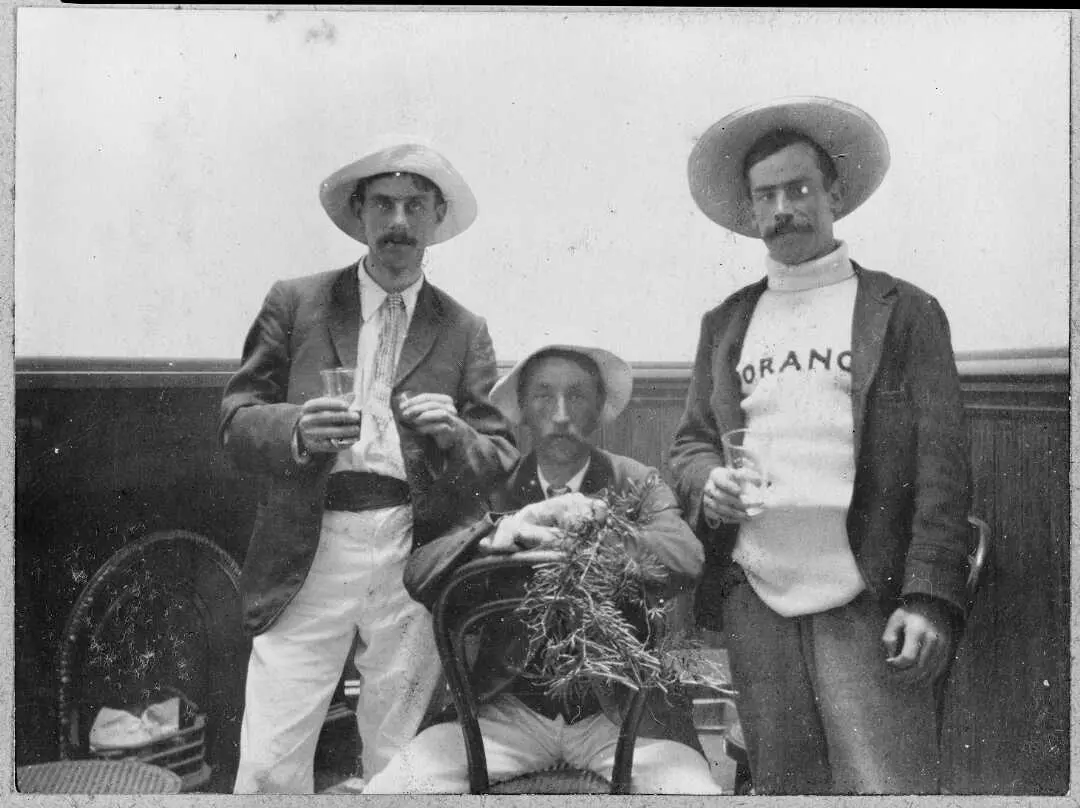
Alexander (right) and Robert (left) flank Bert Stirling at Oxley’s hotel in Picton ca 1901. Turnbull Regularly cruised the Marlborough Sounds with Iorangi. Bert Stirling went on to found the Paremata Boating Club in 1926 and was a great advocate of small boat racing in later years. Ref: 1/2-046999-F
Rainbow was sold in 1903 to Auckland owners. Though still extensively cruising Iorangi, this killed off Turnbull’s opportunity for meaningful first-class yacht racing. He turned once again to the concept of one-design small boat racing. Turnbull joined a national effort to create a class for one-design keelboats, but it came to nought. (3) In 1904, he was one of the founders of the Thorndon Dinghy Club, which raced under the auspices of the Thorndon Yacht Club, using the same burgee. Turnbull acted as Commodore for most of the Club’s existence, though didn’t race them himself. For ten-foot centreboarders of closely restricted design, the club thrived until 1910. The Thorndon Yacht Club disintegrated under debt and ceased operation, and the Dinghy Club was forced to follow suit.

The 10 footer Oeo in full flight. She was designed and built at the Logan yard for Stirling and Jones in 1905. The top boats of the Thorndon Dinghy club were built at the yards of Logan or Bailey in Auckland, or Ted Bailey in Wellington. They invariably wore sails made by Jagger and Harvey of Auckland, or Ratsey and Lapthorn of Cowes. Ref: PA1-o-432_29
Withdrawal from public life
Around this time Turnbull began to become disenchanted with the culture of the Port Nicholson Yacht Club. In 1905 he was elected Commodore in absentia but declined the position. He wrote of his reaction to his close friend Grafton Bothamley: “the club is in the hands of fair rotters and I don’t care to be prominent in it at all”. However, the following year his friend, the architect John Swan (4), was elected Commodore and Turnbull accepted the office of Vice Commodore.
In 1907, Turnbull’s health was in serious decline, and he withdrew from the public sphere, concentrating on his collecting. He finally sold Iorangi, and though still administrating the Thorndon Dinghy Club’s affairs, he effectively left the sport, considering himself (aged just 39!), in his own words, a “has-been”.
Recuperating from a particularly bad period of ill health in 1907, Turnbull spent a few days with his doctor at Titahi Bay. To Bothamley he wrote: “you can see the entrance to Tory Channel and the main one to Queen Charlotte Sound, and many a time I looked longingly at both and wished I was there on Iorangi”.
When the Thorndon clubs folded, Turnbull decided to make a clean break from the sport and resigned from the Port Nicholson Yacht Club in 1911. At the AGM that year he was elected a Life Member.
Alexander Turnbull died in 1918, of complications following a sinus operation. His brother Robert donated the trophy Turnbull won for the National Championship for second class yachts in 1895 to the Port Nicholson Yacht Club. That cup is still competed for today.
1893 – Joins Port Nicholson Yacht Club and Thorndon Yacht Club
1893 – Takes delivery of Rona
1894 – With others, creates Arawa Sailing Club
1895 – Commodore Arawa Sailing Club (remains in the position until 1903). Takes delivery of Miru
1898 – Vice Commodore Port Nicholson Yacht Club
1899 – Commodore Port Nicholson Yacht Club.
1900 – Sells Rona, takes delivery of Iorangi
1904 – With others, creates Thorndon Dinghy Club
1905 – Patron and Commodore Thorndon Dinghy Club (remains in the position until 1910)
1905 – Elected Commodore Port Nicholson Yacht Club (he turned down the position)
1906 – Vice Commodore Port Nicholson Yacht Club
1911 – Resigns from all sailing clubs. Made honorary Life Member of Port Nicholson Yacht Club.
Endnotes
The rating system, developed by Englishman Dixon Kemp in 1888 was the first attempt at a handicapping system for sailing boats built specifically for racing. The formula was: (waterline length x sail area) ÷ 6000. The quotient equals the rating. Racing fleets were generally broken down into 0.5, 1. 2.5, 5, 10.
There is nothing in Turnbull’s surviving correspondence, nor in the Royal Port Nicholson Yacht Club or Council records, to confirm this. However, this type of business was not generally minuted, rather agreed in smoky rooms at the Empire Hotel or similarly wet establishment and announced as policy in official reporting.
New Zealand’s first real national keelboat class was probably the Uffa Fox design Flying Fifteen. In 1960 Colonel J J Fuller and Barney Scully of the Evans Bay Yacht and Motor Boat Club in Wellington began a programme of building and developing the class. They were supported by Auckland sailors, and the class has been well represented around the country ever since.
John Swan was a collector in his own right – having one of the largest collections of maritime photographs in the world. Unfortunately, the collection has been broken up over the years and is now largely gone. He was an architect whose work is most recognisable in St Gerards Church and Monastery in Wellington. His impressive home, named “The Moorings” still stands in Thorndon, Wellington.
Much appreciated. Had often wondered about the Turnbull name. The yachting connection kept me reading. A lovely snapshot.